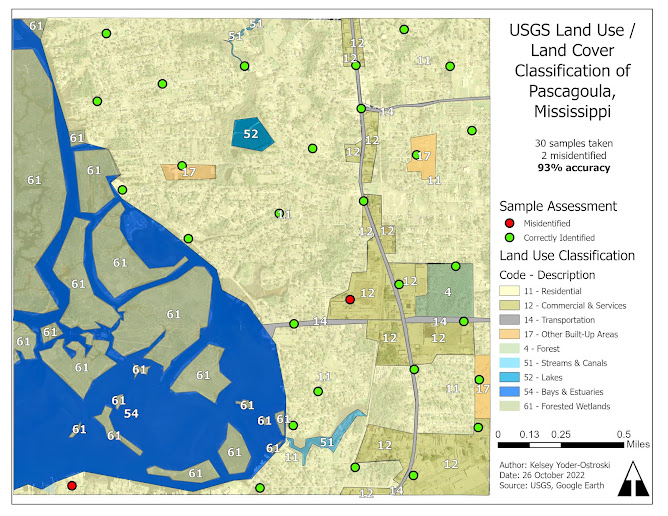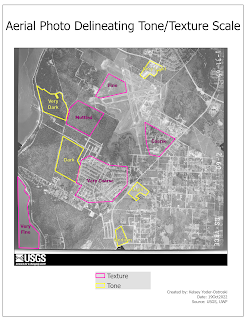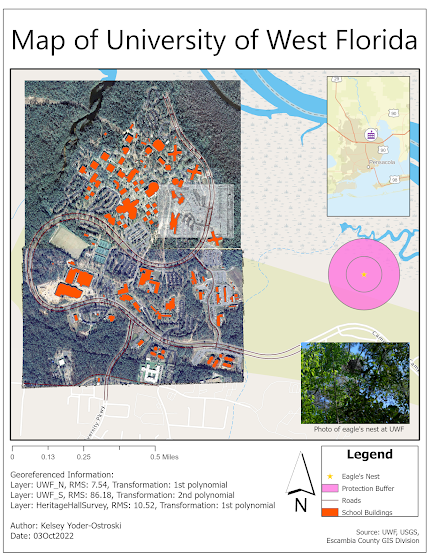Land Use/Land Cover Classification and Accuracy Assessment

A map depicting areas of land use/ land cover based on USGS Level II classification system for the Pascagoula, MS area. This week for GIS4035, we were tasked with using aerial imagery to manually classify different areas of land use/land cover (LULC) based on the United States Geological Survey (USGS). Afterward, we had to assess the accuracy of our analysis by creating 30 sample points that were cross-referenced with in situ data through Google Maps. Finally, we created a map document to demonstrate our results. For identifying features, I relayed a great deal of association. Most of the map extent is residential with recognizable single-home neighborhoods. Retail and other businesses tend to run along major roads and, of course, that great, big blue stuff is water. However, using this strategy also caused my two errors. The red point on the bottom west corner was actually a small cemetery located within a neighborhood. The second misidentification belongs to a very large warehouse


